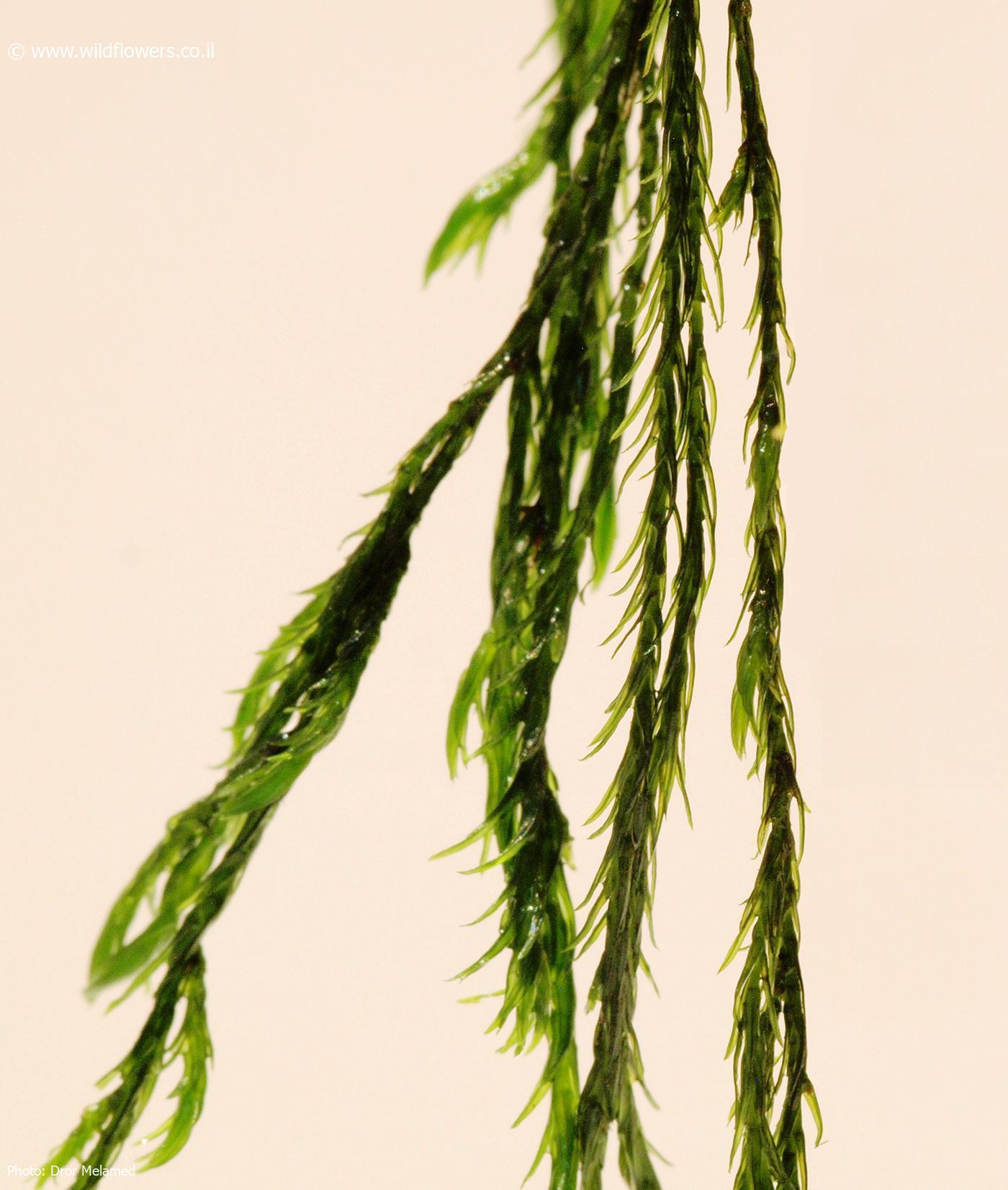
cincnyho1.jpg from: https://www.nrm.se/faktaomnaturenochrymden/vaxter/kryptogamer/manadenskryptogam/mossor/cinclidotusnyholmiae/cinclidotusnyholmiae.1757.html
Discovering the Fascinating World of Cinclidotus nyholmiae Çetin Moss
Mosses are some of the most ancient and resilient plants on Earth, found in nearly every ecosystem from the arctic tundra to tropical rainforests. Among the over 12,000 known moss species, one particularly interesting variety is Cinclidotus nyholmiae Çetin, a member of the Pottiaceae family. Let’s take a closer look at this remarkable little plant.
Background on Bryophytes and Pottiaceae
Mosses belong to the plant division Bryophyta, which also includes liverworts and hornworts. Bryophytes are non-vascular plants that lack true roots, stems, and leaves. Instead, they have leaf-like structures called phyllids that absorb water and nutrients directly.

cincnyho2.jpg from: https://www.nrm.se/faktaomnaturenochrymden/vaxter/kryptogamer/manadenskryptogam/mossor/cinclidotusnyholmiae/skott.1213.html
The Pottiaceae are one of the largest families of mosses, with over 1,500 species found worldwide. They are known for their ability to survive in dry, exposed habitats like rock surfaces and tree bark. Cinclidotus is a genus within Pottiaceae containing around 15 species.

medium.jpg from: https://www.inaturalist.org/taxa/485505-Cinclidotus-fontinaloides
Morphology and Identification of Cinclidotus nyholmiae

45863891.jpg from: https://waarneming.nl/waarneming/view/232271118?_popup=1
Cinclidotus nyholmiae forms small, dark green cushions on rocks, especially limestone, in or near streams and rivers. The phyllids are lance-shaped, have a strong midrib, and are bordered by several rows of thick-walled cells.
The most distinctive feature of C. nyholmiae is its capsule, the spore-bearing structure. The capsule is emergent above the phyllids on a long seta (stalk) and has peristome teeth in multiples of 16 that split into two rows. This helps identify it from similar Cinclidotus species.
Global Distribution and Habitat
C. nyholmiae was first described in 2002 from specimens collected in Turkey. It has since been reported across southern Europe, northern Africa, and southwest Asia, including countries like Spain, Italy, Greece, Morocco, and Iran.
This moss is restricted to aquatic and semi-aquatic habitats, growing on permanently wet or periodically submerged rocks. It often occurs in calcareous waters with high pH and mineral content. The ability to withstand regular flooding and desiccation allows it to occupy this specialized niche.
Ecological Roles and Adaptations
Like other bryophytes, Cinclidotus mosses play important roles in their ecosystems:
- Nutrient cycling: They trap and store nutrients, releasing them slowly back into the environment.
- Erosion control: Dense moss mats stabilize soil and prevent erosion along stream banks.
- Water filtration: Aquatic mosses absorb pollutants and improve water quality.
- Habitat provision: Many small invertebrates live among the shelter of moss cushions.
C. nyholmiae has several adaptations for its aquatic lifestyle:
- Streamlined morphology reduces resistance to water flow
- Strong attachment structures

23633_344_5.jpg from: https://artfakta.se/naturvard/taxon/cinclidotus-1004590
prevent dislodging by currents
- Protective leaf border cells resist mechanical damage
- Rapid life cycle allows establishment between flood events

img-z8-1_267.jpg from: https://bioone.org/journals/herzogia/volume-34/issue-2/heia.34.2.2021.267/The-rare-moss-Cinclidotus-vivesii-Ederra-a-case-of-interspecific/10.13158/heia.34.2.2021.267.full

Cinclidotus+danubicus+001f.jpg from: https://milueth.blogspot.com/2011/12/cinclidotus-danubicus-am-rheinfall.html

46252032.jpg from: https://waarneming.nl/waarneming/view/233368556?_popup=1

Abb-4-Cinclidotus-aquaticus-Foto-C-Berg-Fig-4-Cinclidotus-aquaticus-Photo-C_Q640.jpg from: https://www.researchgate.net/figure/Abb-4-Cinclidotus-aquaticus-Foto-C-Berg-Fig-4-Cinclidotus-aquaticus-Photo-C_fig2_358278868
| Characteristic | Description |
|---|---|
| Phyllid shape | Lance-shaped with strong midrib |
| Phyllid border | Several rows of thick-walled cells |
| Capsule | Emergent on long seta, peristome teeth split in two rows |
| Habitat | Rocks in/near streams, often calcareous |
| Distribution | S. Europe, N. Africa, SW Asia |
Conclusion
Cinclidotus nyholmiae is a prime example of how mosses have diversified to occupy a wide range of habitats, even challenging ones like stream rocks. Its unique adaptations showcase the incredible resilience of these ancient plants. Much remains to be learned about the distribution, ecology and physiology of this and other rare mosses. What other secrets might bryophytes be hiding?

3384-l-3.jpg from: https://www.wildflowers.co.il/hebrew/picture.asp?ID=21585